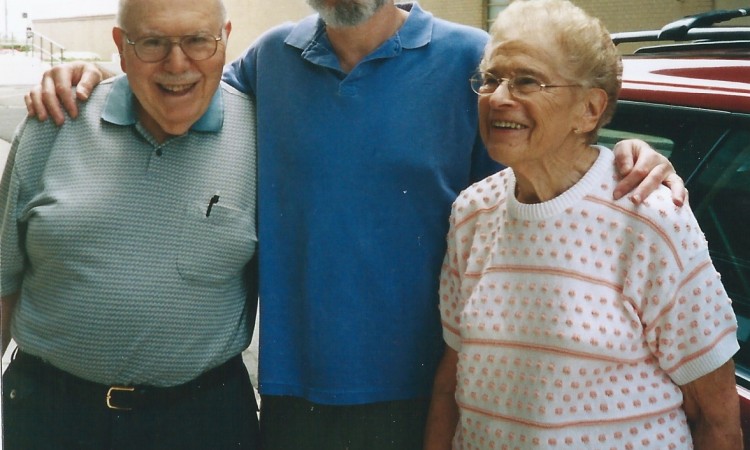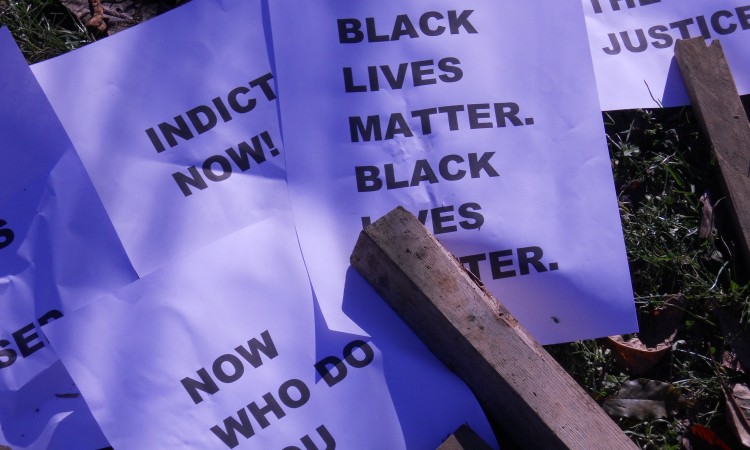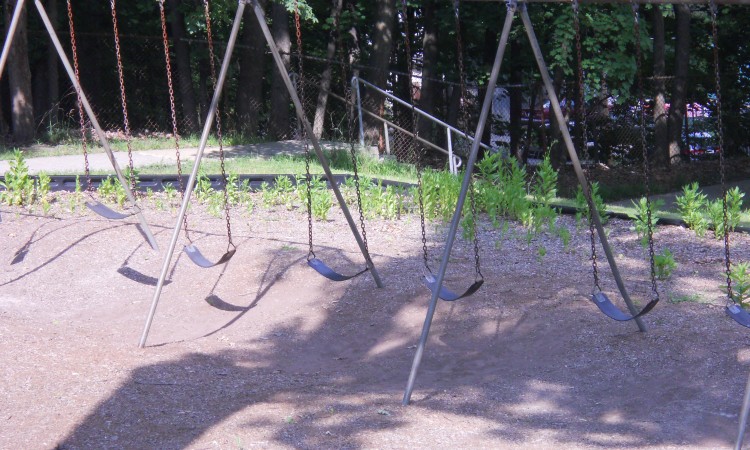Some people think critical thinking is very difficult and that it’s all about hard work and great, even unnatural effort. This is obvious in many schools, where learning is considered work prescribed by teachers, administrators, even politicians who know “what is best for students.” They want students to learn on schedule as if they were products on a factory assembly line. They try to cement this attitude in place by testing and judging students in ways that are convenient for policy makers and administrators, not students; that yield easy numbers, even though the meaning of those numbers is highly unclear and the evidence predominantly shows such assessments do more to interfere with learning than assist it. When the mind is overfull and frightened, focused on appeasing others with test scores instead of meeting and uncovering one’s own drive for understanding, then learning and thinking is difficult. ‘Education’ comes from ‘educere,’ meaning ‘to draw/lead out,’ but too many forget this.
If we want clear thinking, that is critical, independent and creative, we need to work with our students, not against them. We need to bring their lives, their questions into the curriculum. This can be done in ways as simple as asking, at the beginning of the year, what they already know about the topic of study and what questions they want answered, to giving choices on assessments and projects or even creating a class based on their questions. This can be done by thinking of the classroom as a supportive learning community, not a factory or competitive raceway. We need to teach in ways that utilize natural mental processes. We need to teach how to hit “refresh,” clear away mental and emotional obstacles and lethargy.
Ask yourself, when is your mind most fresh and clear, most ready for thinking? For me, this has changed. When I was in college, my mind was clearest late at night, when everyone else was asleep, the city was quiet, and I let go of what I felt I “needed to accomplish.” I could just sit with whatever. Nowadays, it’s in the morning. I wake up with my mind refreshed. Any concern or question I had before sleep was now unconsciously processed. Creativity theory calls this aspect of mental processing, of finding ways to let the mind go quiet, “incubation.” Incubation is not only about sleeping on a question. It is “letting something sit.” It is a time to take three deep breaths, relax, do something different, exercise, sit under an apple tree, smell a rose, and have fun. For teachers, it’s time to give your class a sunshine break. So, why not apply this knowing of how and when you think most clearly to critical thinking? To learning? Let your mind-body marinate whatever questions, problems, concepts it faces. Incubation, or “sitting with it” refreshes mind.
Another way to refresh mind is mindfulness practice. It helps you monitor your thinking moment-by-moment so you know better when you are losing focus or getting diverted by other interests or emotions. It uncovers whether an answer “feels right” and not just intellectually looks right. It clears and focuses mind so it is attentive, ready, present. It is like waking up in the morning with a clear, attentive mind.
You need a break because when you have to examine complex materials in-depth, the brain has a great deal to handle. It can’t organize and digest too much material at once. So, once you’ve immersed yourself in the material that you need to understand and analyze, once you’ve engaged in thorough research and explored different theories or explanations, then stop the direct mental push and the effortful striving. Stop the urge to jump to hasty conclusions and easy or habitual answers. You need to allow the mind to switch out of conceptual understanding and analysis. Allow the brain to work at its own pace to integrate all the material and work with the natural processes of your mind. The result of this process is an inner quiet, decreased anxiety and increased insight. Later on, you need to test, question the insight. But first, you need to let it come.
Even when you think you have no time, or maybe especially then, remember to take a moment now and then and focus on one breath, then another. For example, at the end of the school year, when you have so many tasks to complete. By giving yourself time, you gain, not lose, time. Why is that? Your mental attitude changes. You focus on one thing each moment and so feel less rushed and think more clearly. You sit silently in the center of your life so you hear the universe, in one location, speaking to itself. And what a beautiful sound that can be.
*Photo: Maui, Hawaii.










